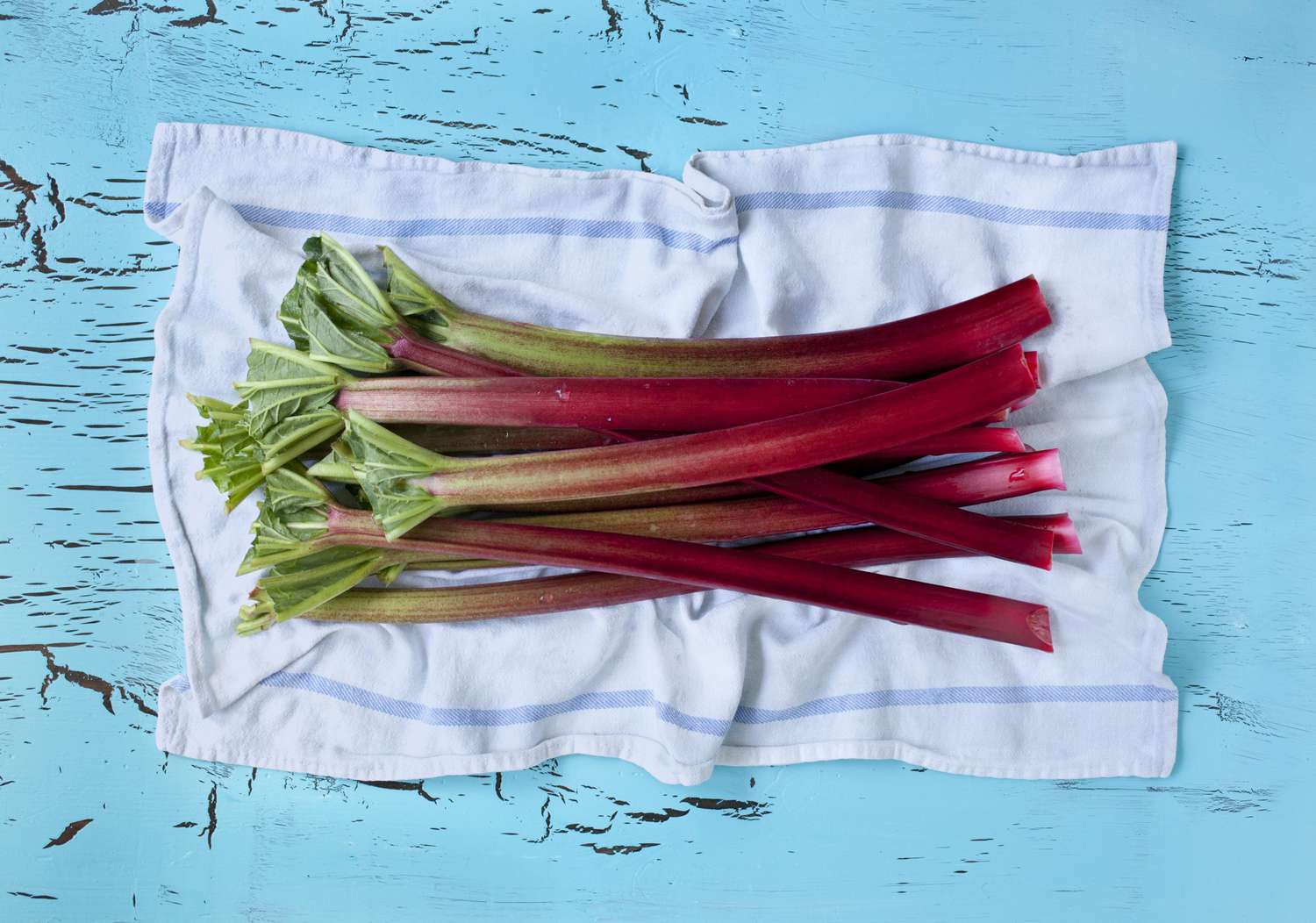

Articles
How To Store Rhubarb In Freezer
Modified: August 16, 2024
Learn the best method to store rhubarb in the freezer with our helpful articles. Preserve the freshness of your rhubarb for longer with these easy tips.
(Many of the links in this article redirect to a specific reviewed product. Your purchase of these products through affiliate links helps to generate commission for Storables.com, at no extra cost. Learn more)
Introduction
Welcome to this guide on how to store rhubarb in the freezer! Rhubarb is a delicious and versatile vegetable that is available for a limited time during the spring and early summer months. If you find yourself with more rhubarb than you can use, freezing it is a great way to preserve its freshness and enjoy it throughout the year.
Freezing rhubarb is a convenient method that allows you to retain its flavor, texture, and nutritional value. By properly preparing and packaging the rhubarb, you can ensure that it stays fresh for an extended period of time. In this article, we will guide you through the step-by-step process of storing rhubarb in the freezer so you can enjoy its tartness in your favorite recipes all year round.
Before we dive into the steps, let’s take a look at some important factors to consider when freezing rhubarb:
- Freshness: It is crucial to start with fresh rhubarb. Look for stalks that are firm, crisp, and brightly colored.
- Cleaning: Thoroughly rinse the rhubarb stalks under cold water to remove any dirt or debris.
- Cutting: Trim off any leaves, as they are toxic. Cut the stalks into desired lengths for easier handling.
- Blanching: Blanching the rhubarb in boiling water helps preserve its color, texture, and flavor.
- Packaging: Properly packaging the rhubarb is essential to prevent freezer burn and maintain its quality.
- Storage duration: Frozen rhubarb can be stored for up to 12 months, but for best quality, it is recommended to consume it within 6 months.
With these key points in mind, let’s move on to the step-by-step process of storing rhubarb in the freezer.
Key Takeaways:
- Preserve the tangy goodness of rhubarb year-round by following simple steps to freeze and store it. Enjoy its vibrant flavor in pies, jams, and sauces whenever inspiration strikes in the kitchen!
- Ensure the freshness and quality of frozen rhubarb by blanching, flash freezing, and properly packaging it. Thaw and use it in various recipes to savor its unique taste and versatility.
Read more: How To Store Rhubarb In Fridge
Step 1: Preparing the Rhubarb
The first step in storing rhubarb in the freezer is to properly prepare the stalks. Follow these simple steps to ensure that your rhubarb is cleaned and cut to the desired size:
- Clean the rhubarb: Rinse the rhubarb stalks under cold water to remove any dirt or debris. This step is important to ensure that the rhubarb is free from any contaminants.
- Remove the leaves: Trim off the leaves from the rhubarb stalks. It’s important to note that rhubarb leaves contain oxalic acid and are toxic when consumed. Therefore, it’s essential to discard them.
- Cut into desired size: Cut the rhubarb stalks into uniform pieces. The size of the pieces will depend on your preference and how you plan to use the rhubarb in the future. Some people prefer to cut them into 1-inch chunks, while others prefer longer stalks. Select a size that works best for you.
By taking the time to properly prepare the rhubarb, you’re ensuring that it’s in the best condition for freezing. Once you’ve completed this step, you’re ready to move on to blanching the rhubarb.
Step 2: Blanching the Rhubarb
Blanching the rhubarb is an important step in the freezing process. It helps to preserve the color, texture, and flavor of the rhubarb, ensuring that it maintains its quality during storage. Follow these steps to blanch the rhubarb effectively:
- Prepare a pot of boiling water: Fill a large pot with water and bring it to a rolling boil. The pot should be large enough to accommodate the amount of rhubarb you are blanching.
- Add the rhubarb to the boiling water: Carefully add the cut rhubarb pieces to the boiling water. Make sure not to overcrowd the pot, as this may affect the blanching process.
- Blanch for a short time: Allow the rhubarb to blanch in the boiling water for about 1-2 minutes. This brief blanching time is enough to halt enzyme activity and help preserve the texture and flavor of the rhubarb without making it too soft.
- Prepare an ice bath: While the rhubarb is blanching, prepare a large bowl filled with ice water. This will be used to cool the rhubarb quickly after blanching and prevent it from overcooking.
- Shock the rhubarb in ice water: Using a slotted spoon or tongs, carefully transfer the blanched rhubarb from the boiling water to the ice water bath. Allow the rhubarb to sit in the ice water for about 2-3 minutes, or until it is completely cooled.
- Drain and pat dry: Once the rhubarb is cooled, remove it from the ice water bath and let it drain in a colander. Gently pat the rhubarb dry with a clean kitchen towel or paper towel.
Blanching the rhubarb helps to denature the enzymes that can cause loss of color, texture, and flavor over time. This step also helps to preserve the crispness of the rhubarb. Once you’ve completed the blanching process, you’re ready to move on to the next step: flash freezing the rhubarb.
Step 3: Flash Freezing the Rhubarb
Flash freezing is a technique that involves freezing the rhubarb quickly to individually freeze each piece separately. This method prevents the pieces from clumping together, making it easier to portion out and use only the desired amount of rhubarb in the future. Follow these steps to flash freeze the rhubarb:
- Line a baking sheet: Take a baking sheet and line it with parchment paper or a silicone baking mat. This will prevent the rhubarb from sticking to the surface and make it easier to remove it once frozen.
- Arrange the rhubarb pieces: Spread the blanched and drained rhubarb pieces in a single layer on the prepared baking sheet. Make sure they are not touching each other to allow for proper airflow during the freezing process.
- Place the baking sheet in the freezer: Carefully transfer the baking sheet with the rhubarb into the freezer. Make sure it is placed on a flat surface to avoid any spills or shifting of the rhubarb pieces.
- Freeze until solid: Leave the rhubarb in the freezer for about 1-2 hours, or until the pieces are completely frozen. The exact freezing time may vary depending on the temperature of your freezer.
Flash freezing the rhubarb ensures that each piece is individually frozen, preventing them from sticking together and allowing for easy portioning in the future. Once the rhubarb is completely frozen, it’s time to move on to the next step: packaging it for long-term storage.
To store rhubarb in the freezer, first wash and chop it into small pieces. Then, spread the pieces in a single layer on a baking sheet and freeze until solid. Once frozen, transfer the pieces to a resealable plastic bag or airtight container for long-term storage. This method prevents the pieces from clumping together and makes it easier to grab just the amount you need for recipes.
Step 4: Packaging the Rhubarb for Storage
Proper packaging is crucial to protect the frozen rhubarb from freezer burn and to maintain its quality over time. Follow these steps to package the rhubarb for long-term storage:
- Get freezer-safe containers or bags: Choose freezer-safe containers or bags that are specifically designed for long-term freezer storage. Make sure they are airtight and can withstand freezing temperatures without cracking or breaking.
- Label the containers: Before packaging the rhubarb, label the containers or bags with the date of freezing. This will help you keep track of the freshness and ensure that you use the rhubarb within the recommended storage duration.
- Portion out the rhubarb: Divide the frozen rhubarb into smaller portions based on your intended use. This will allow you to thaw only the amount needed without having to defrost the entire batch.
- Place the rhubarb in containers or bags: Fill the containers or bags with the portioned rhubarb, leaving some headspace to allow for expansion during freezing.
- Remove excess air: If using bags, gently squeeze out as much air as possible before sealing them. This will help minimize the risk of freezer burn.
- Seal the containers or bags: Securely seal the containers or bags to ensure they are airtight and protected from moisture and freezer odors.
Proper packaging will help maintain the quality and flavor of the rhubarb while it is stored in the freezer. Once you’ve packaged the rhubarb, it’s time to move on to the final step: storing it in the freezer for long-term preservation.
Read more: When To Plant Rhubarb Seeds
Step 5: Storing the Rhubarb in the Freezer
After properly packaging the rhubarb, it’s time to store it in the freezer for long-term preservation. Follow these steps to ensure that your frozen rhubarb remains fresh and flavorful:
- Find a suitable freezer location: Choose a spot in your freezer that maintains a consistent temperature and is not subjected to frequent temperature fluctuations. This will help preserve the quality of the rhubarb.
- Organize the storage: Arrange the packaged rhubarb in a single layer on the freezer shelf or in a designated spot. Avoid overcrowding or squishing the packages, as this may result in uneven freezing and make it challenging to retrieve individual portions later.
- Stack or store vertically: If you have limited freezer space, you can stack the containers or bags on top of each other. However, ensure that they are securely sealed to prevent any leaks or cross-contamination. Alternatively, you can store them vertically to maximize space and allow for easier access.
- Keep track of the storage duration: Remember to note down the freezing date on the containers or bags. Frozen rhubarb can be stored for up to 12 months, but for the best quality, it’s recommended to consume it within 6 months.
By following these steps, you can ensure that your rhubarb remains fresh and retains its flavor and nutritional value while stored in the freezer. When you’re ready to use the frozen rhubarb, it’s important to thaw it correctly to maintain its texture and taste.
Step 6: Thawing and Using Frozen Rhubarb
Thawing frozen rhubarb properly is essential to preserve its texture and prevent it from becoming mushy. Follow these steps to thaw and use your frozen rhubarb:
- Transfer to the refrigerator: Remove the desired amount of frozen rhubarb from the freezer and place it in a bowl or container. Then, transfer it to the refrigerator to thaw slowly. Allow it to thaw overnight or for approximately 8 hours.
- Discard excess liquid: Once the rhubarb is thawed, you may notice that it releases some liquid. Before using it in your recipe, carefully drain off any excess liquid to prevent it from becoming watery.
- Use in recipes: Thawed rhubarb can be used in a variety of recipes, such as pies, crumbles, jams, sauces, and compotes. Simply substitute it for fresh rhubarb in your favorite recipes, adjusting the cooking time if needed.
- Explore new recipes: Frozen rhubarb opens up the opportunity to enjoy this tart vegetable throughout the year. Experiment with new recipes and try incorporating the thawed rhubarb in different dishes to discover unique and delicious flavors.
It’s important to note that once rhubarb is thawed, it may become softer in texture compared to fresh rhubarb. However, the flavor and nutritional value are still retained, making frozen rhubarb a convenient alternative when fresh rhubarb is not in season.
Now that you’ve learned how to properly thaw and use frozen rhubarb, you can enjoy its tangy and sweet taste in your favorite recipes at any time of the year. Get creative in the kitchen and savor the delightful flavors that frozen rhubarb can bring!
Conclusion
Storing rhubarb in the freezer is an excellent way to preserve the flavor and versatility of this tart vegetable. By following the step-by-step process outlined in this guide, you can ensure that your rhubarb stays fresh and ready for use throughout the year.
Starting with fresh rhubarb, cleaning and cutting it into desired sizes, blanching it to preserve its color and texture, flash freezing it to prevent clumping, and properly packaging it for long-term storage are all essential steps in the process. By carefully thawing the frozen rhubarb and using it in your favorite recipes, you can savor its unique taste and enjoy the benefits of this versatile ingredient all year round.
Remember to keep track of the storage duration and consume the frozen rhubarb within 6 months for the best quality. Whether you prefer using it in pies, jams, sauces, or other culinary creations, frozen rhubarb will add a burst of tangy flavor and vibrant color to your dishes.
So the next time you find yourself with an abundance of rhubarb, don’t let it go to waste. Store it in the freezer using the techniques outlined in this guide, and you’ll always have a supply of rhubarb ready for whenever inspiration strikes in the kitchen.
Enjoy the convenience and taste of frozen rhubarb and unlock a world of culinary possibilities throughout the year. Happy freezing!
Frequently Asked Questions about How To Store Rhubarb In Freezer
Was this page helpful?
At Storables.com, we guarantee accurate and reliable information. Our content, validated by Expert Board Contributors, is crafted following stringent Editorial Policies. We're committed to providing you with well-researched, expert-backed insights for all your informational needs.
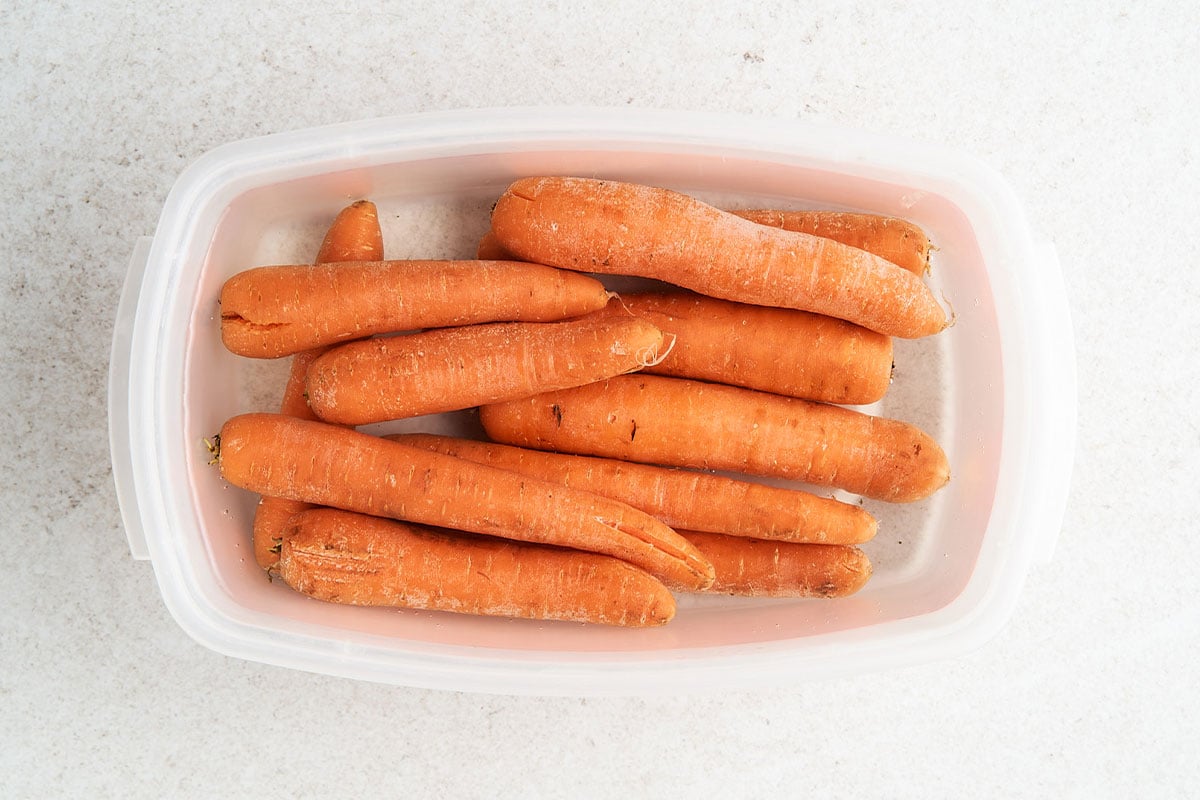


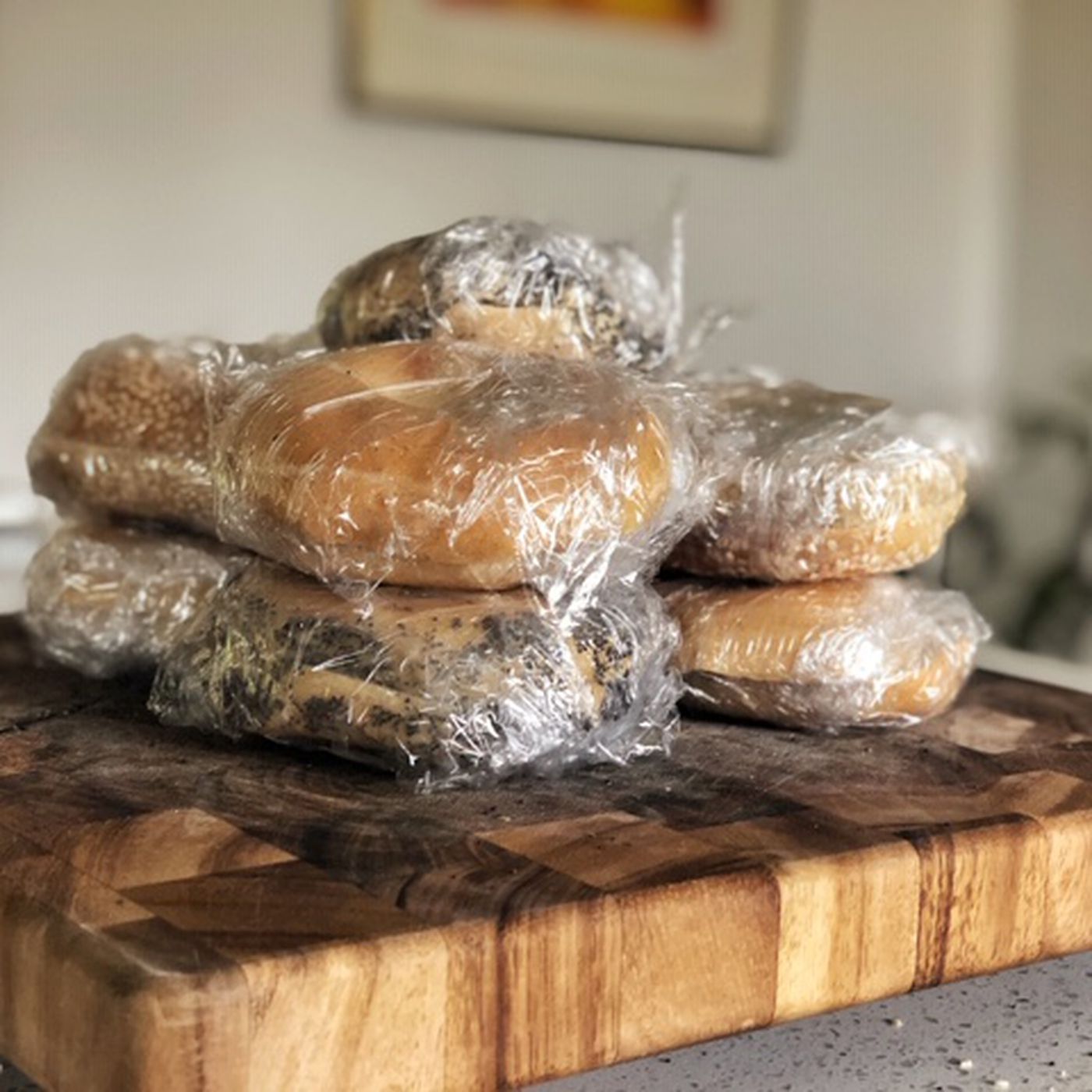
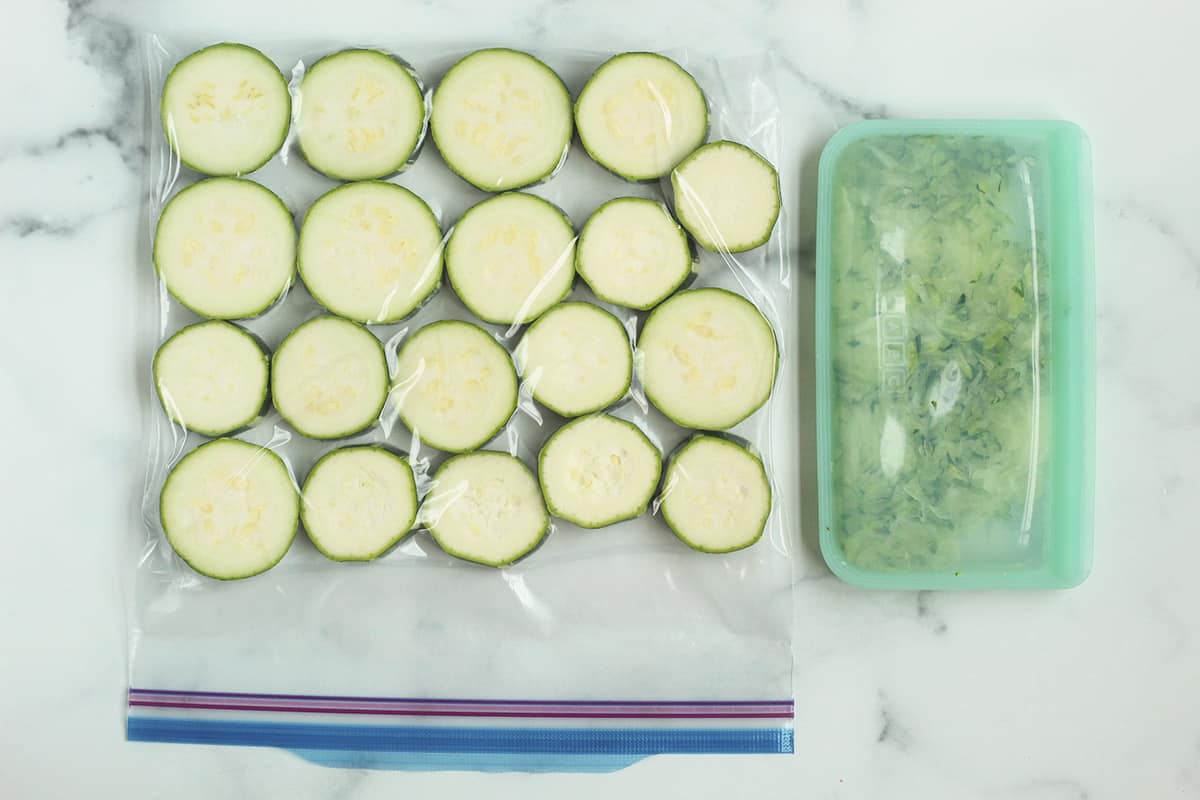
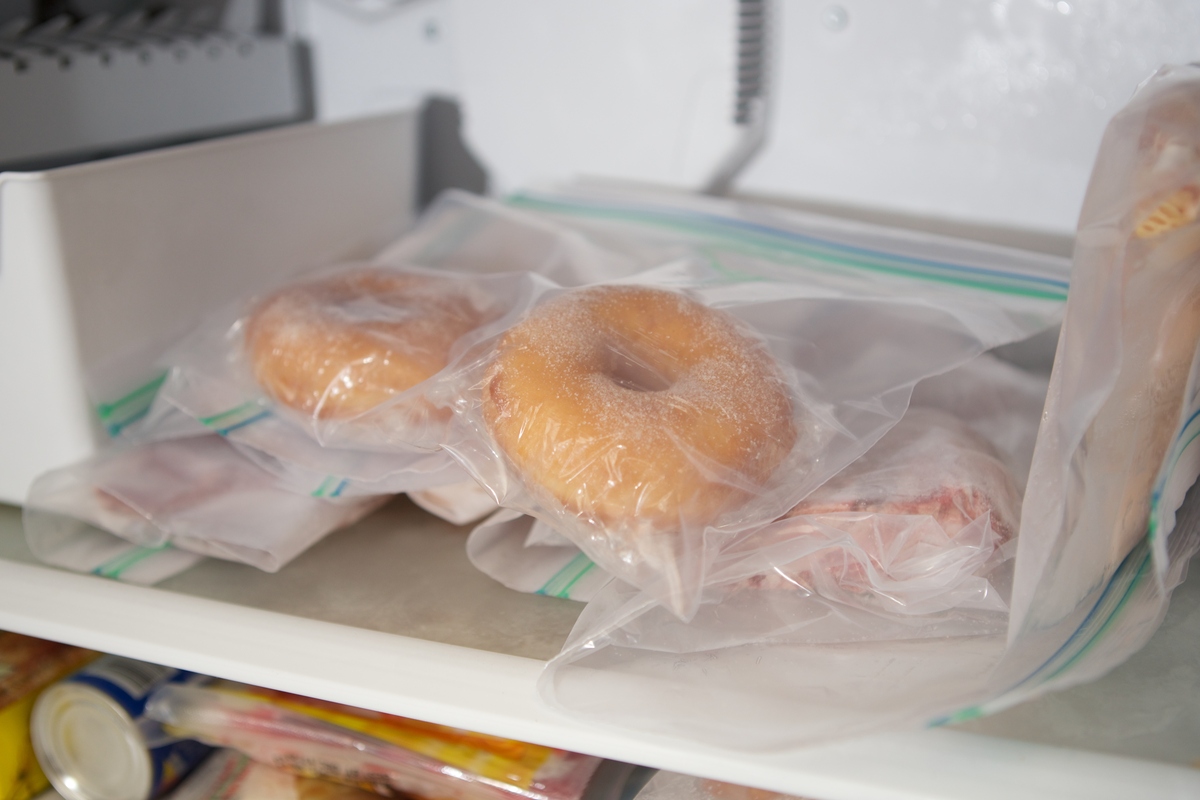
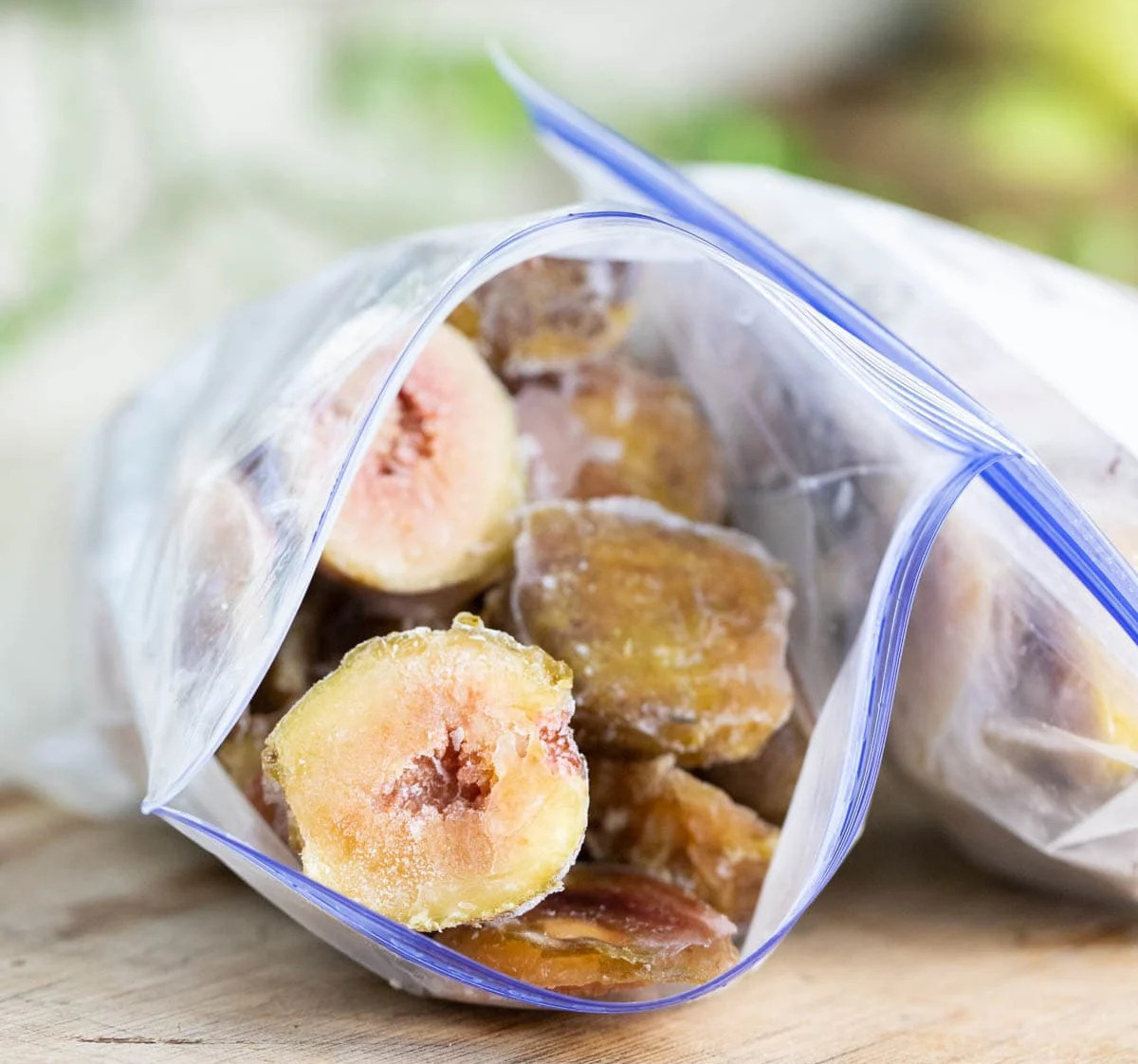
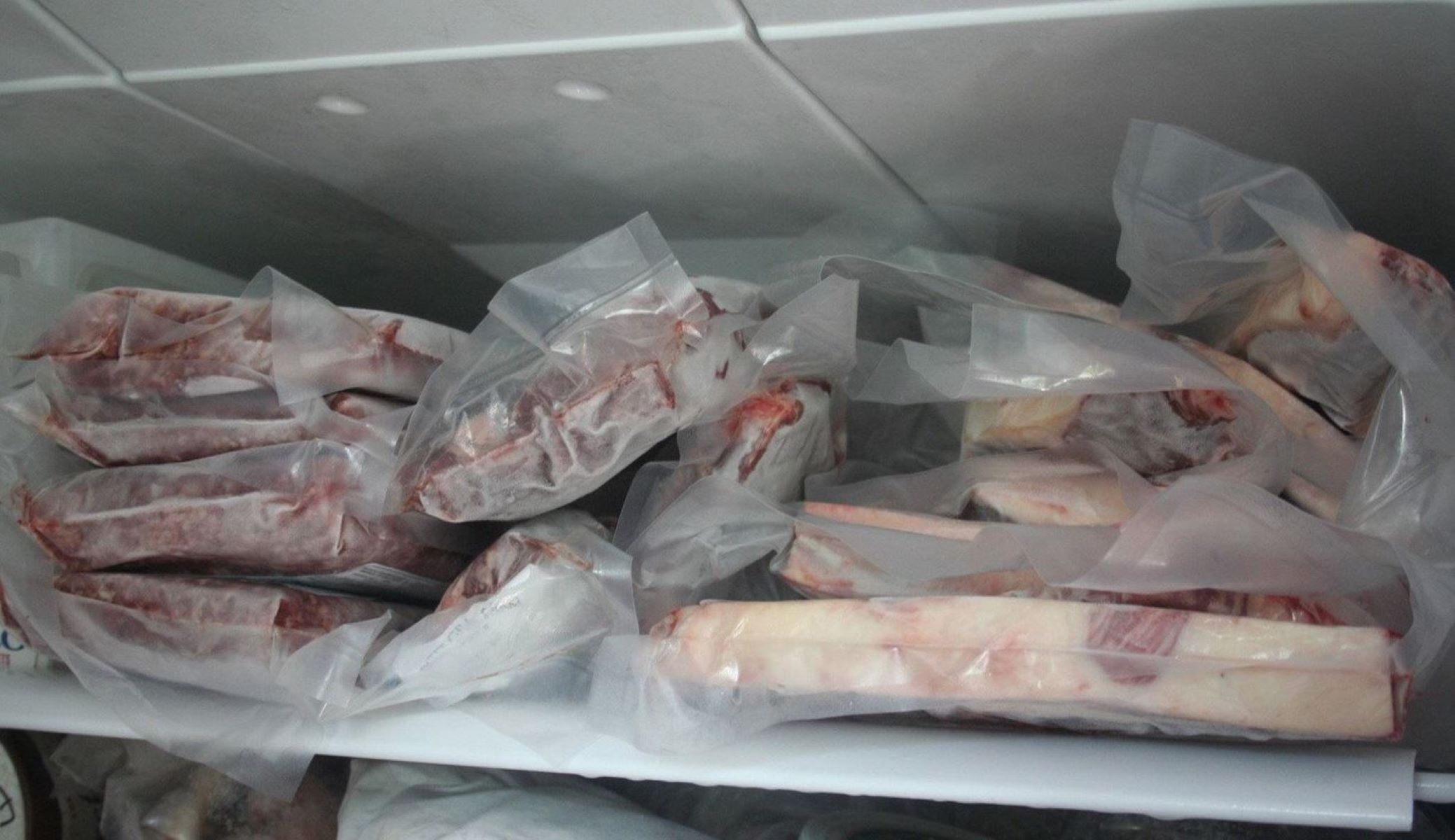

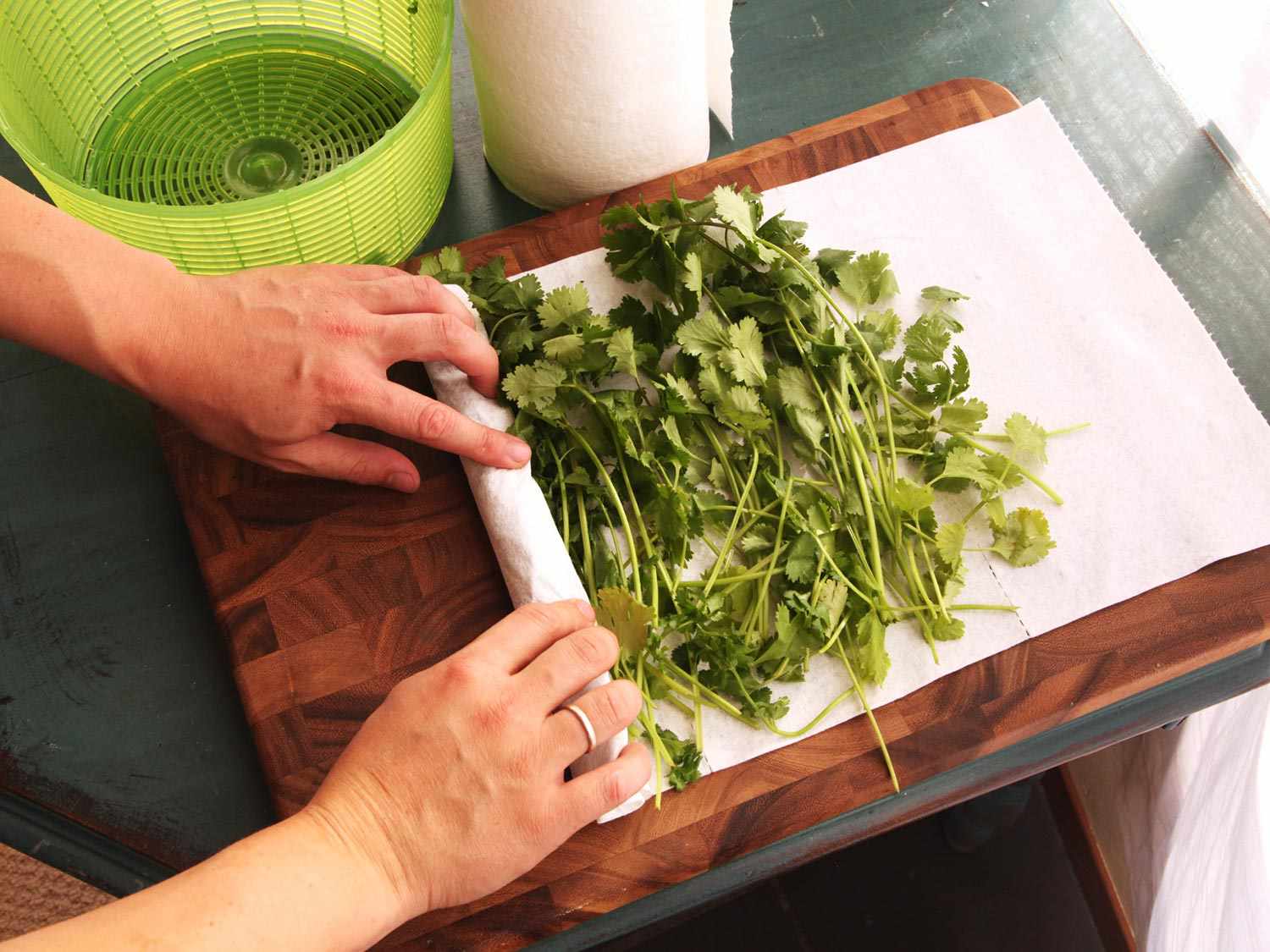
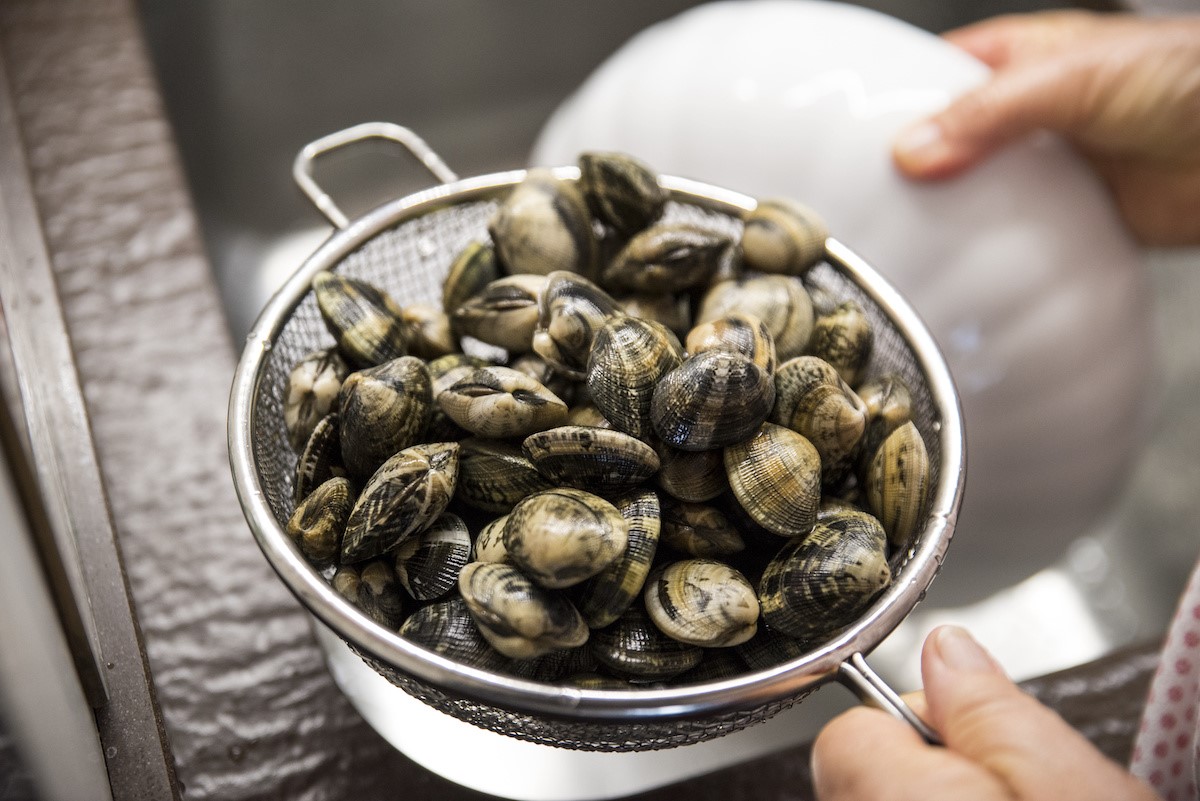
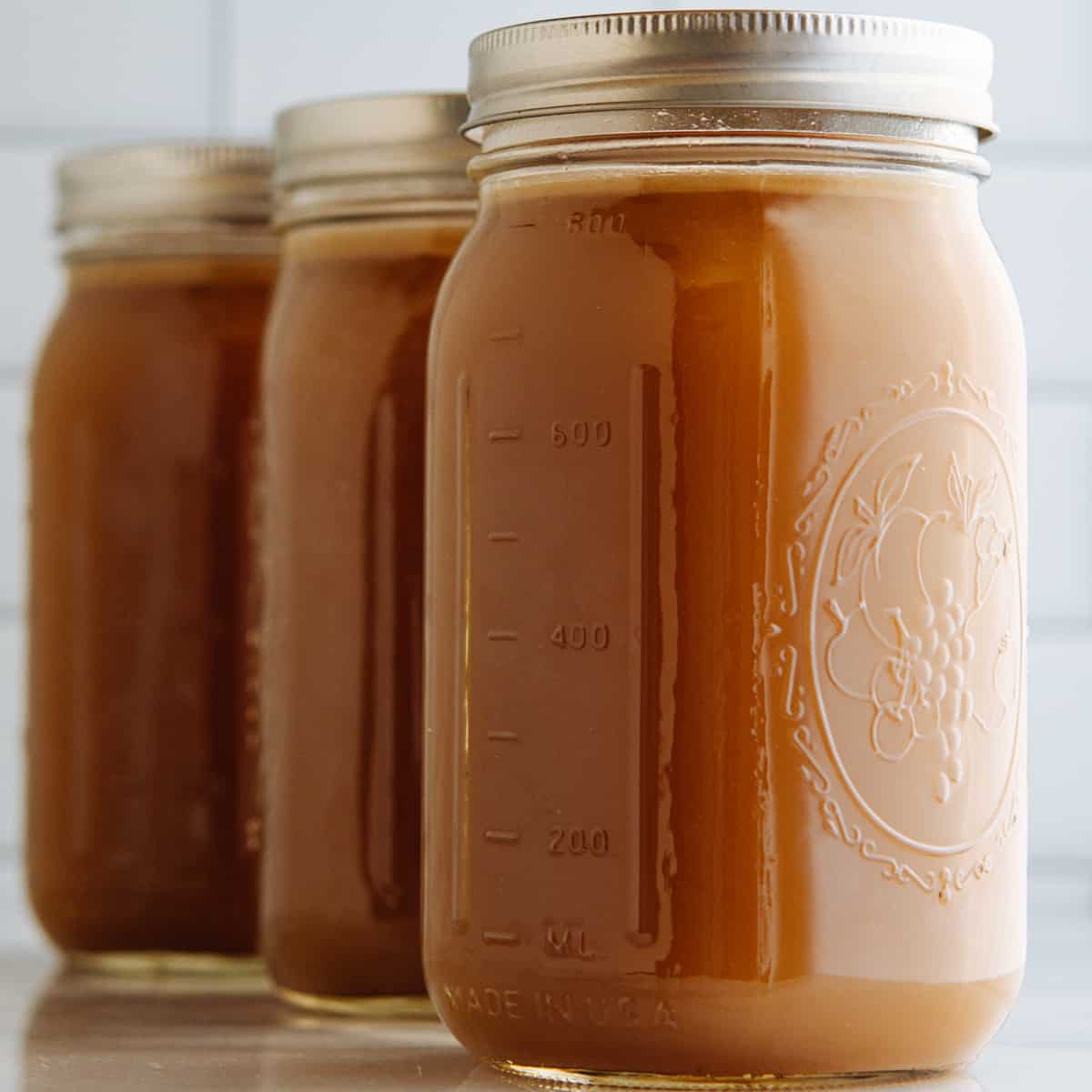
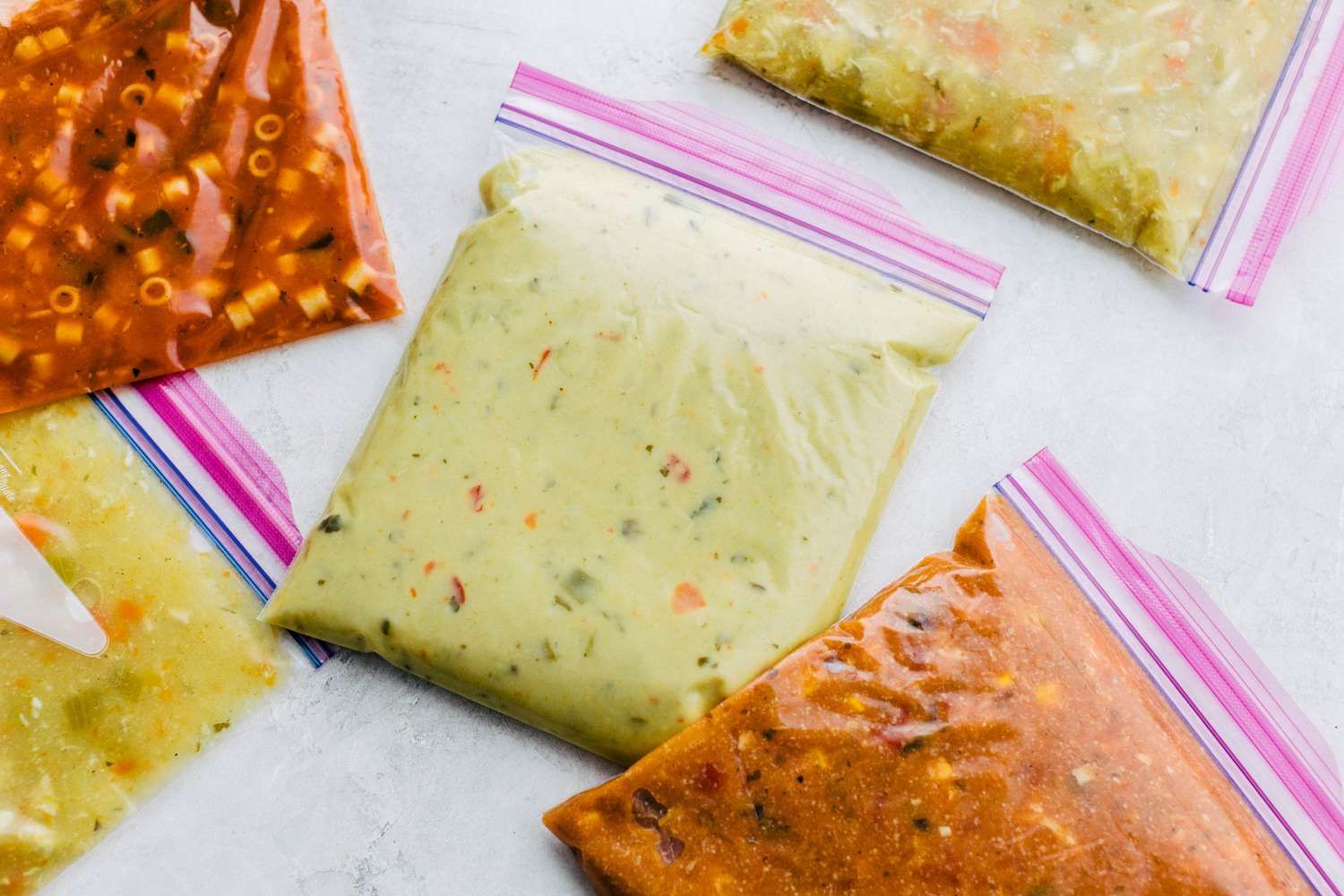
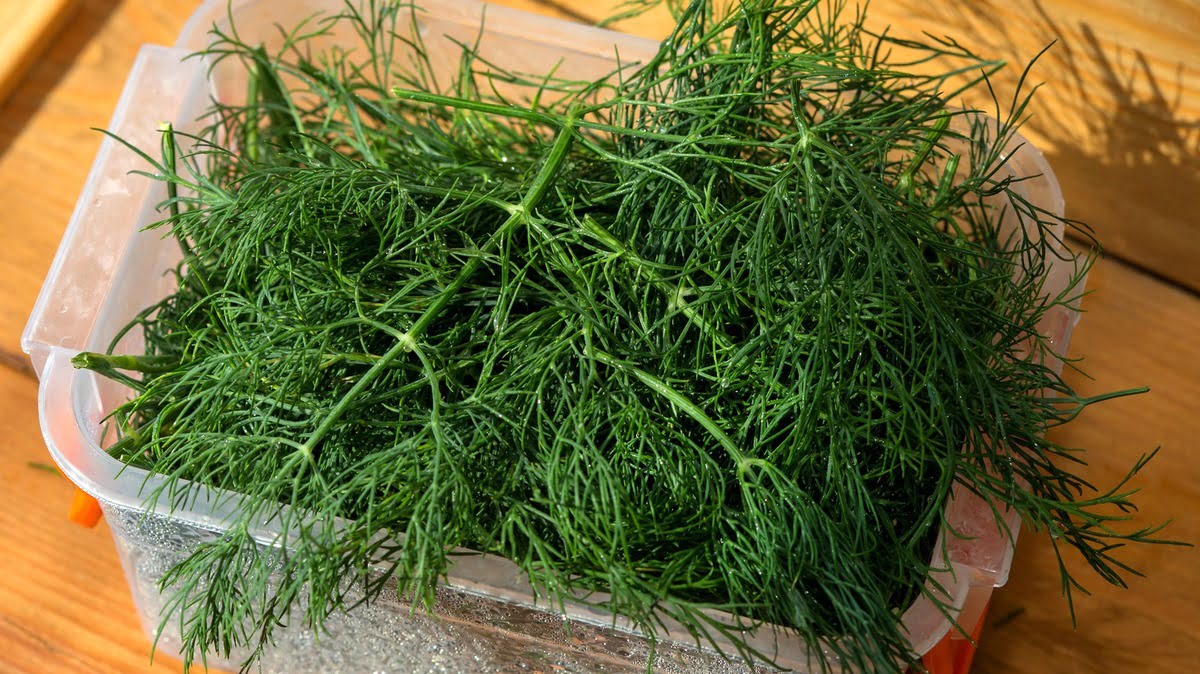

0 thoughts on “How To Store Rhubarb In Freezer”